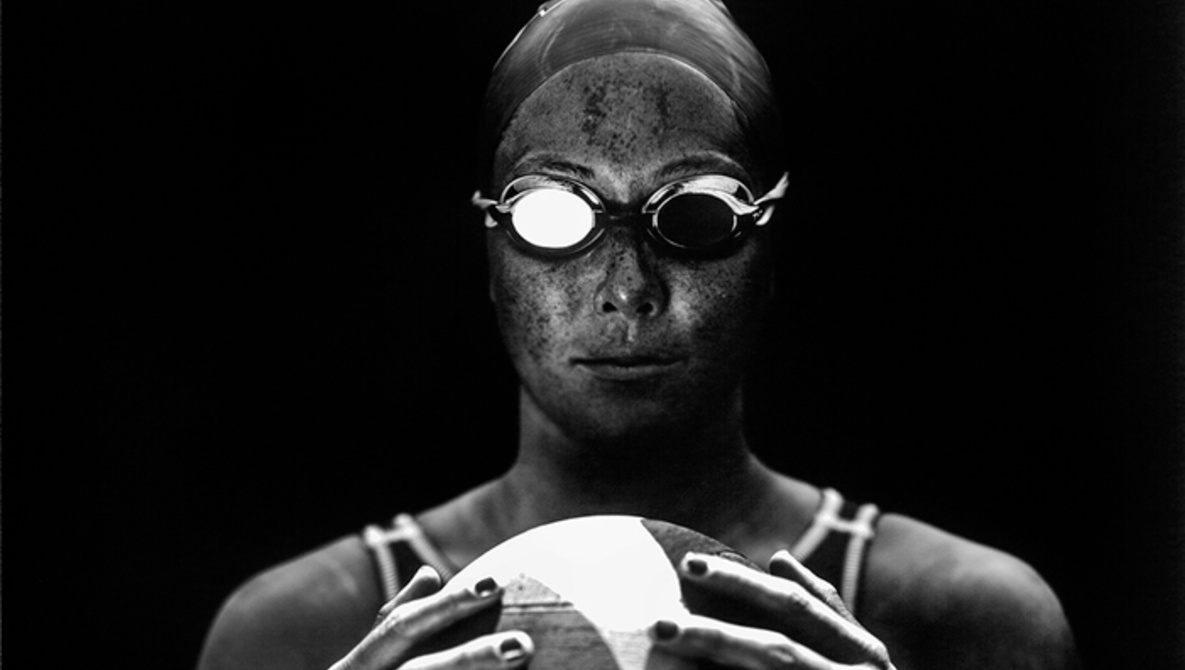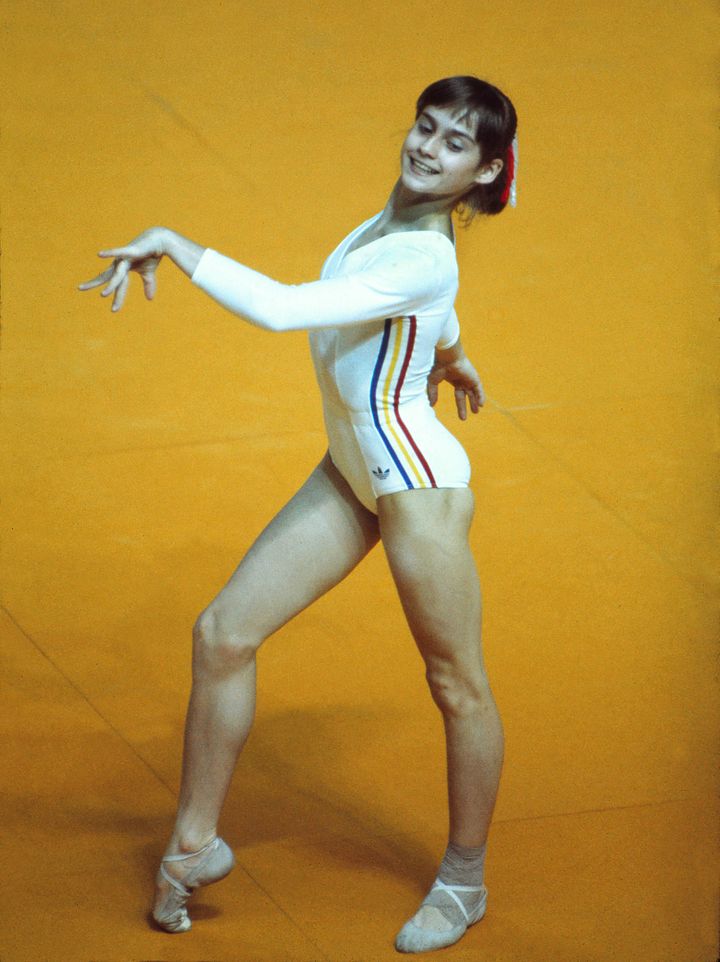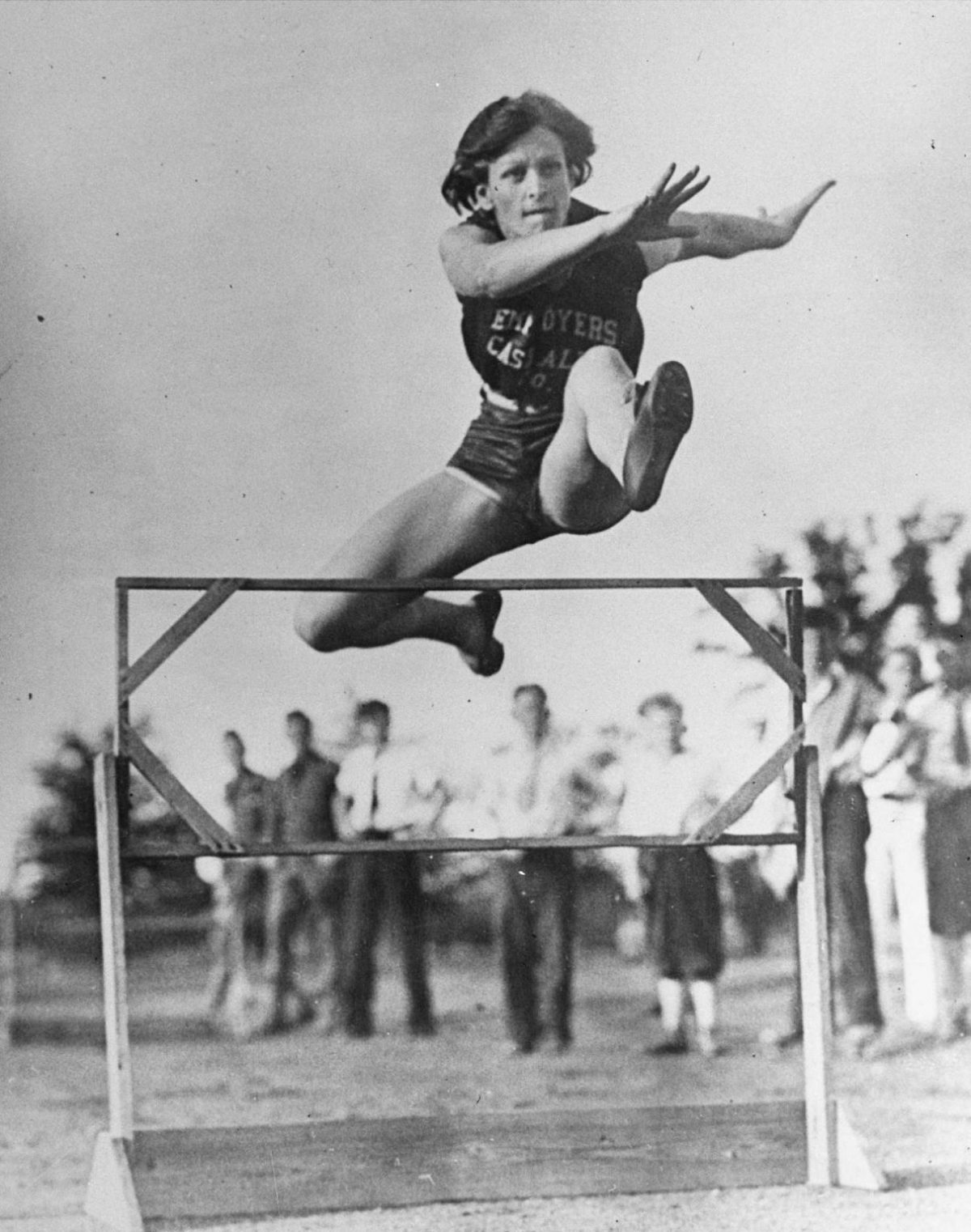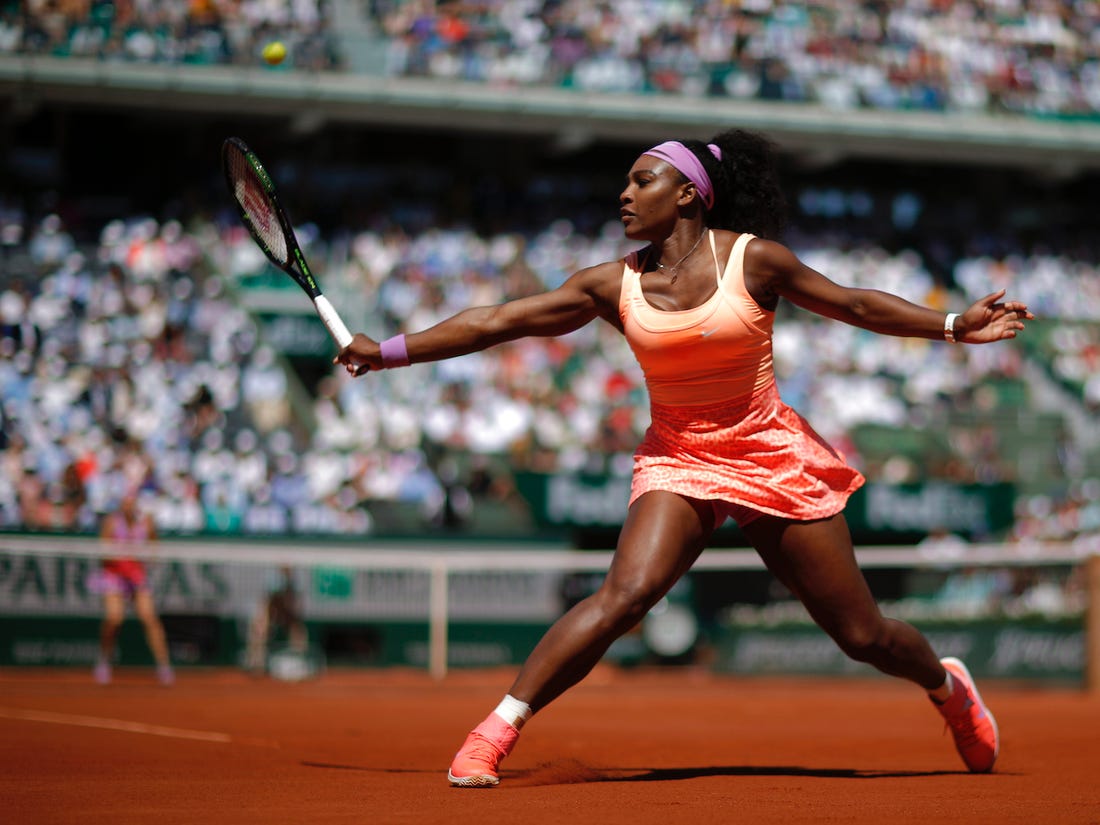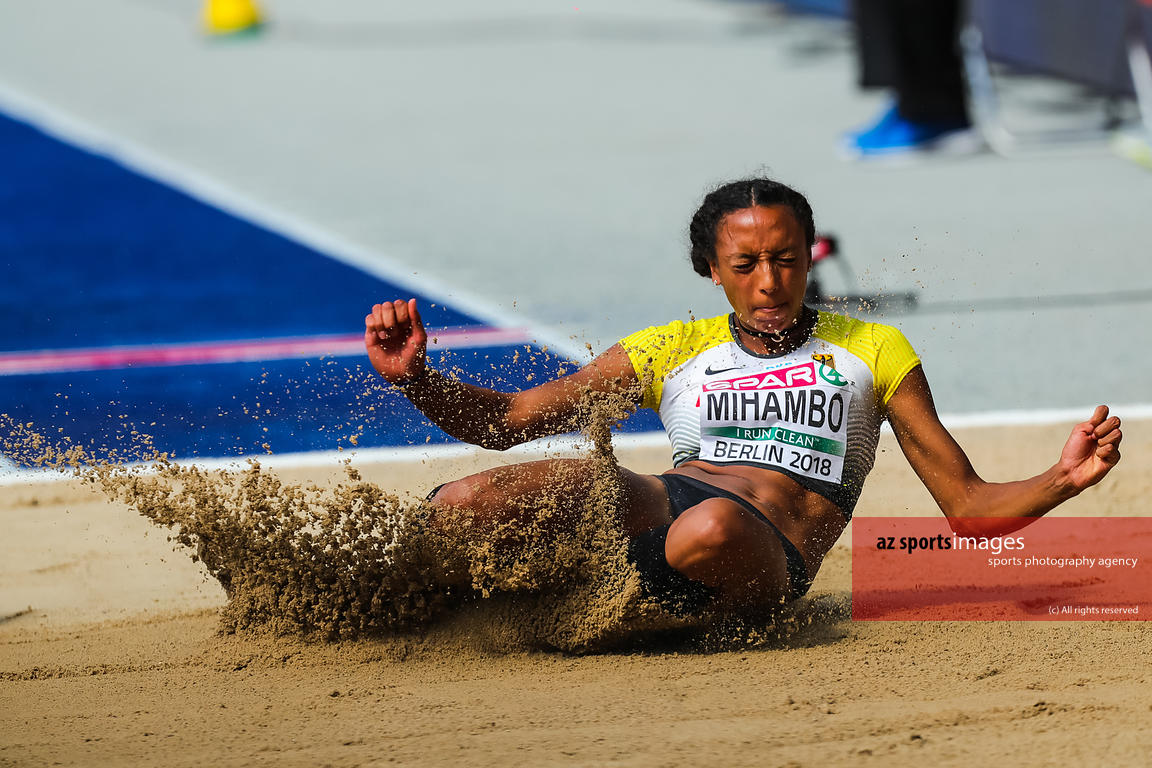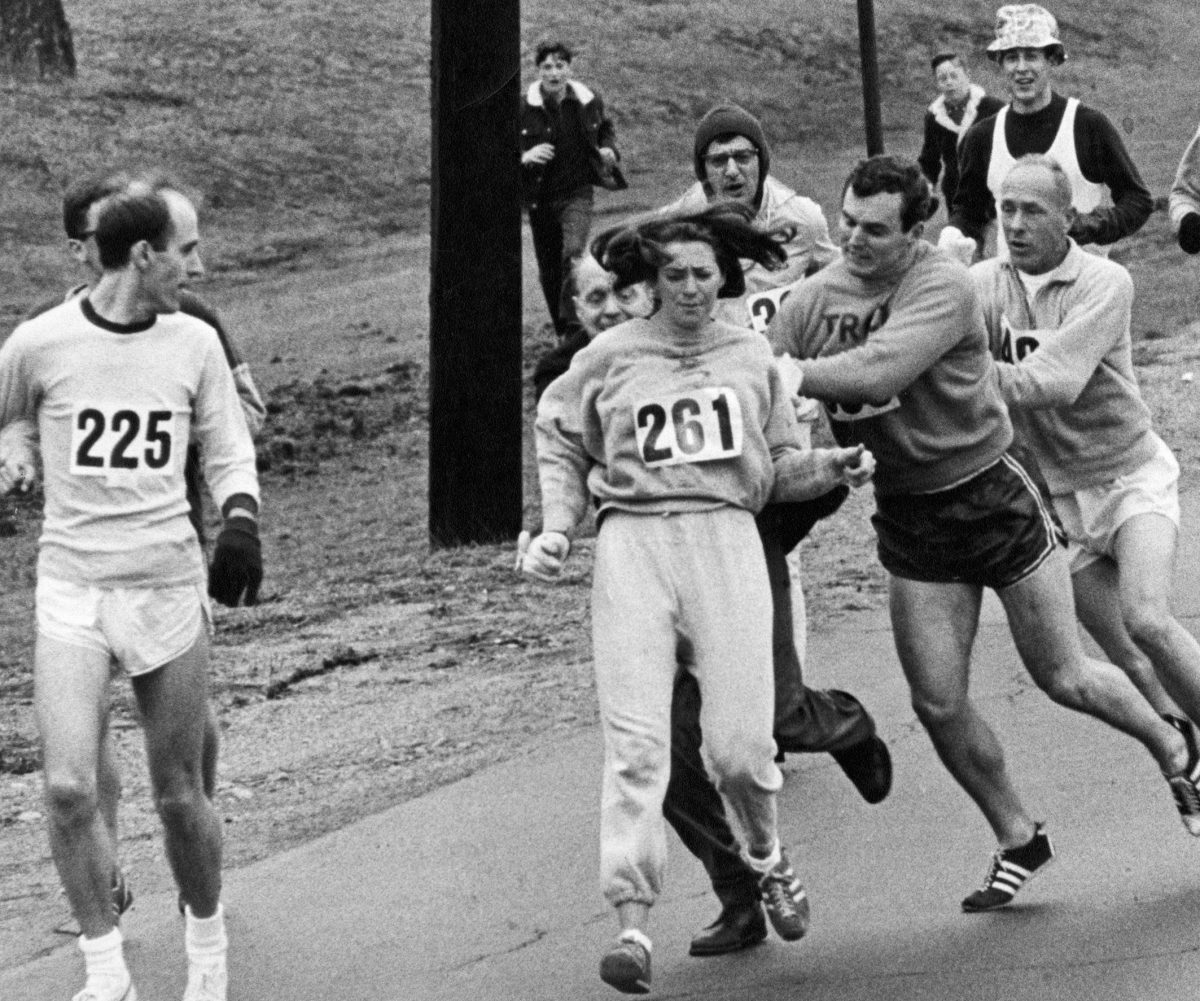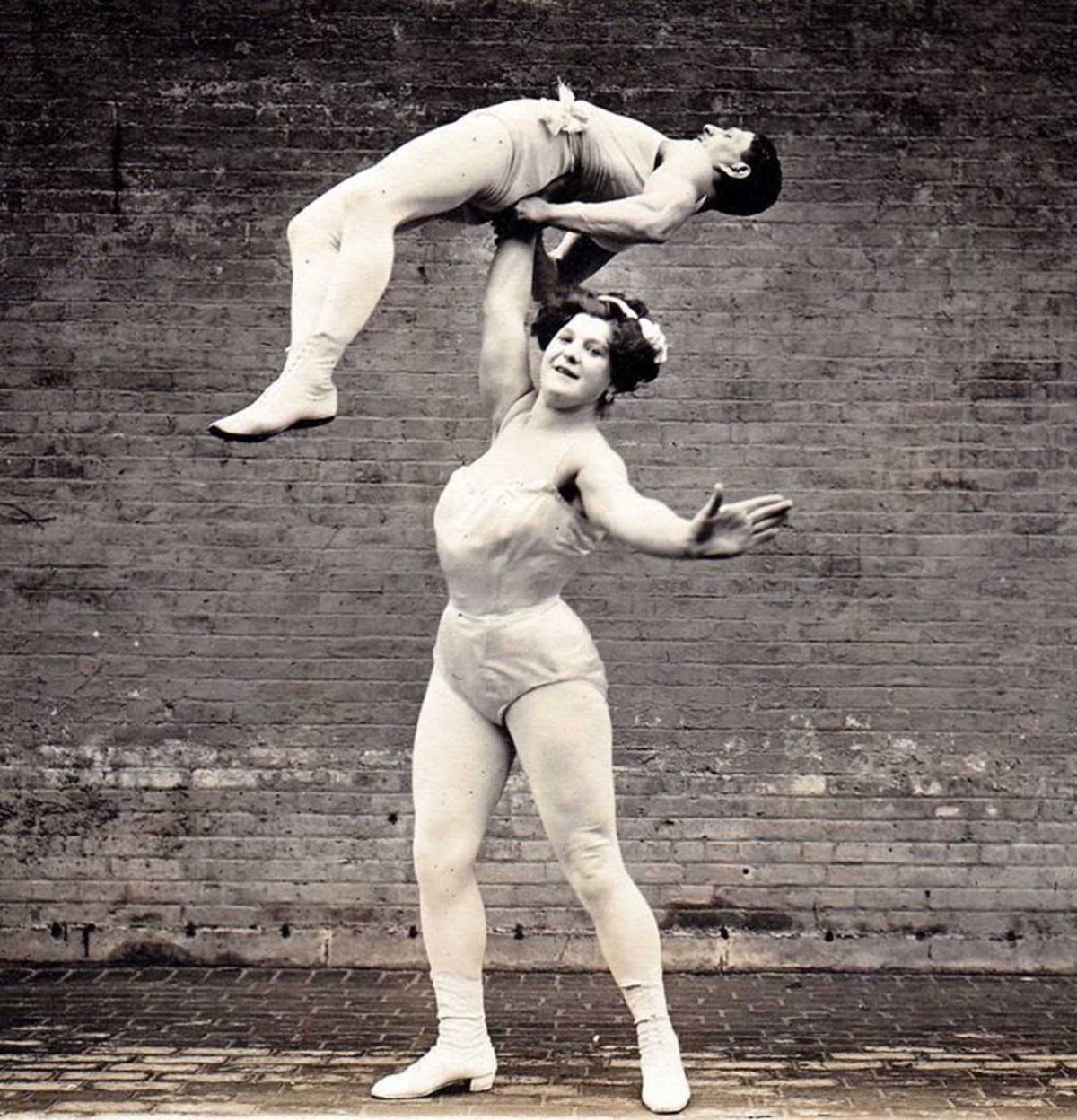Figure skating, volleyball, football, cricket – you name it, women are a part of these professional sports. A look into the past and present of women’s sports around the world
Women’s sports fact #1In ancient times, women were not allowed to even be spectators at the Olympics.
Women’s sports fact #2After the end of the Classical period, women participated in men’s athletic festivals.
Women’s sports fact #3Plato supported women in sports by advocating running and sword-fighting.
Women’s sports fact #4During the ‘Song’, ‘Yuan’, and ‘Ming’ dynasties in China, women played in professional Cuju teams (Cuju or Tsuchü is an ancient Chinese football game, the very earliest form of football).
Women’s sports fact #5Modern Olympic games, which took place in 1896, were not open to women.
Women’s sports fact #6Women’s sports in Europe in the late 1800s focused on correct posture, facial and bodily beauty, muscles, and health.
Women’s sports fact #7Women’s sports were mostly recreational rather than sport-specific. They were non-competitive, informal, rule-less, and emphasized physical activity rather than competition.
Women’s sports fact #8In 1916, the Amateur Athletic Union (AAU), a sports organization based in the United States, held its first national championship for women in the category of swimming.
Women’s sports fact #9The first time women made an entry in the Olympic Games was in Paris in 1900. 22 women competed in tennis, croquet, sailing, equestrian, and golf that year.
Women’s sports fact #10Many physically intensive sports were made less demanding for women such as netball which was developed out of basketball and softball from baseball.
Women’s sports fact #11The number of Olympic women athletes went from 65 at the 1920 Summer Olympics to 331 at the 1936 Summer Olympics.
Women’s sports fact #12Throughout the mid-twentieth century, Germany and Scandinavia developed strong women’s athletic programs.
Women’s sports fact #13In the US in 1972 the government implemented Title IX, a law that states that any federally funded program is not supposed to discriminate anyone based on gender. After this, participation by women in sports increased dramatically.
Women’s sports fact #14In Canada, sports were of high priority but women were relegated to second-class status. There were also regional differences, with eastern provinces emphasizing a more feminine “girls rule” game of basketball, while the western provinces preferred identical rules.
Women’s sports fact #15Heather Watson and Fu Yuanhui broke one of the last taboos in women’s sport when both openly admitted they were menstruating; Watson after her performance in a tennis match in 2015 and Yuanhui at the 2016 summer Olympics in Rio de Janeiro.
Women’s sports fact #16In the otherwise progressive Sweden, public funds are mostly given to men’s hockey and football, and the women’s team are left without proper funding.
Women’s sports fact #17Most of the time, in female sports, women have to work between training and games to make a living and to pay for their training camps, whereas men have that time to recuperate and relax, men also don’t have to pay to attend training camps in general.
Women’s sports fact #18For women in Arab societies, the traditions of Islamic modesty in dress and requirements for women’s sports to take place in a single-sex environment make sports participation more difficult for female aspirants.
Women’s sports fact #19Girls’ and boys’ participation rates in sports vary by country and region. In the United States (between 1960-2010), nearly all schools required student participation in sports, guaranteeing that all girls were exposed to athletics at an early age, which was generally not the case in Western Europe and Latin America.
Women’s sports fact #20Modern sports have seen the development of a higher profile for female athletes in other historically male sports such as golf, marathons or ice hockey. This significant participation rise has allowed more women to participate in traditionally male-dominated sports.

